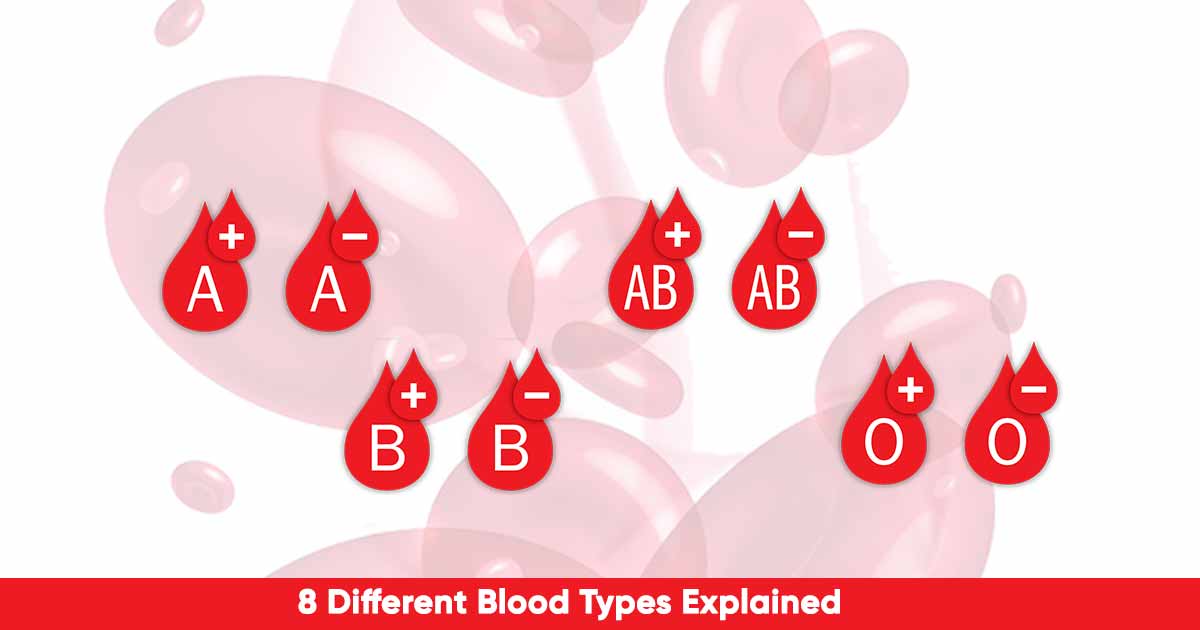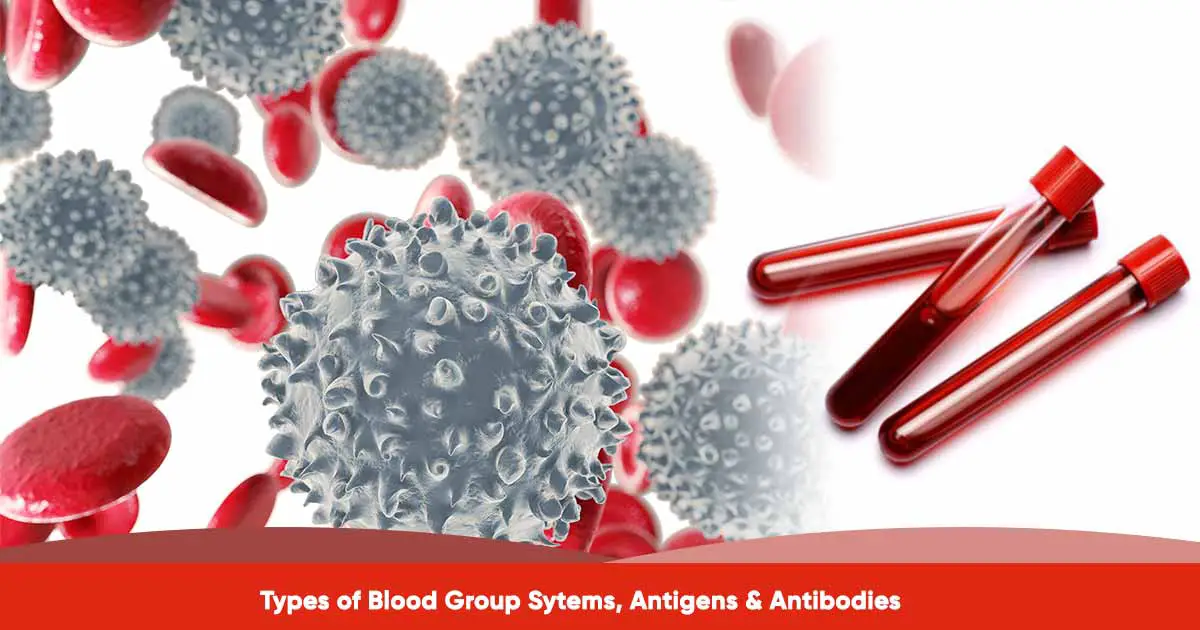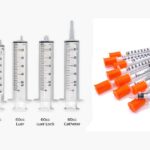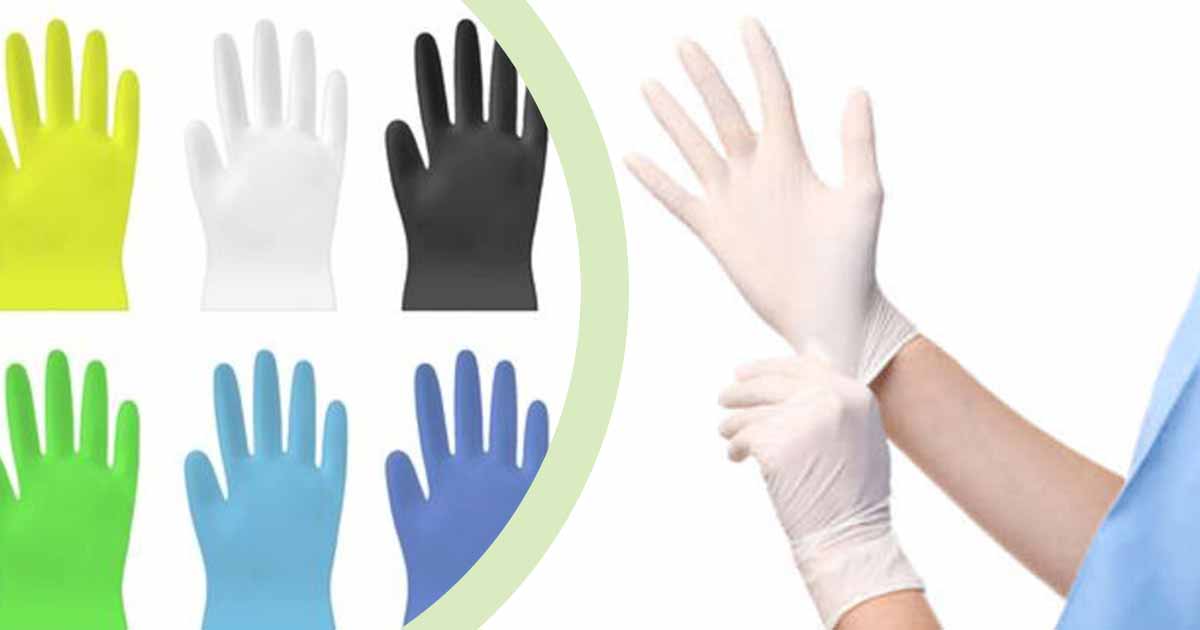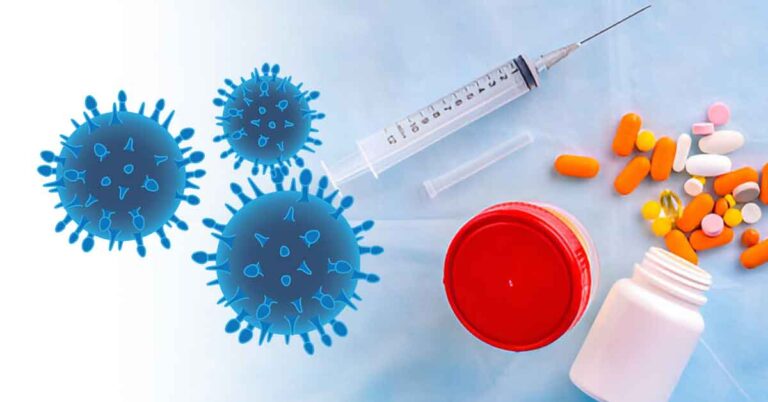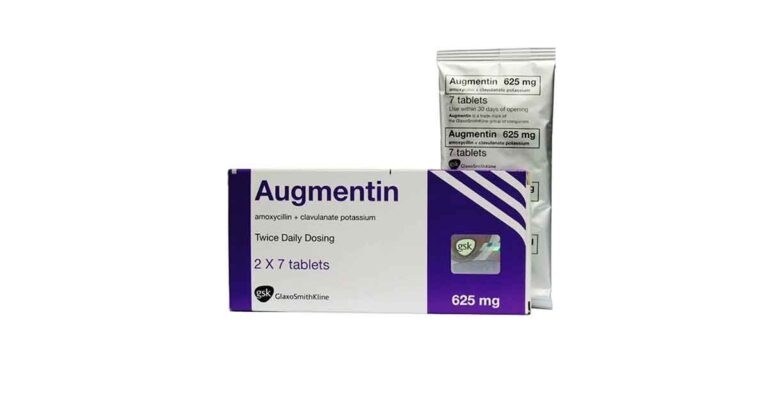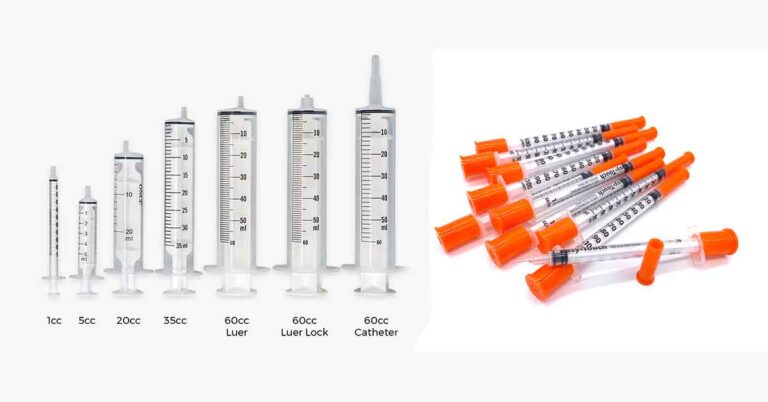Blood types are determined by the presence or absence of antigens. Antigens can trigger immune system response during blood transfusion if blood typing and cross-matching is not properly done. This reaction can cause clumping of blood cells and can be fatal.
Blood transfusion is needed during surgery, trauma, cancer therapy, anemia, and difficult child delivery.
There are four main blood groups – A, B, AB, O determined by the type of antigens on the surface of the red blood cells. There is also an additional protein, called Rh factor. It can be present(+) or absent (–). A Rh-negative patients can receive Rh-negative blood. A Rh-positive or Rh-negative blood may be given to Rh-positive patients.
The four main blood groups and the Rh factor makes up the eight blood group types: (A+, A-, B+, B-, O+, O-, AB+, AB-) encountered during blood transfusion.
Table of Contents
Different Blood Types
We will list them and explain the 8 different blood types, the percentage distribution in the population, and who they can donate or receive blood from them. The blood types are:
- O positive
- O negative
- A positive
- A negative
- B positive
- B negative
- AB positive
- AB negative
| Blood type | A Antigen | B Antigen | Rh Antigen |
| A- | ✅ | ||
| A+ | ✅ | ✅ | |
| B- | ✅ | ||
| B+ | ✅ | ✅ | |
| O- | |||
| O+ | ✅ | ||
| AB- | ✅ | ✅ | |
| AB+ | ✅ | ✅ | ✅ |
In this table, the ✅ shows the presence of the antigens. You can see that the O negative blood type lacks A antigen, B antigen and the Rh antigen, hence they are termed the universal donors.
O positive blood (O+):
This is the most common blood type, found in 38% of the population, so blood donors are easier to find. This is the most common blood given to patients, and is considered the most needed blood type.
Though the O positive blood group is not universally compactible, all positive blood type like A positive, B positive, O positive and AB positive can receive O positive red blood cells. This means over 80% of the population can receive the blood.
O positive people can only receive blood from O positive and O negative donors.
Since O positive blood is more available than O negative, it can be given in major trauma even when the blood type is unknown, as there is less risk of reaction.
O negative blood (O−):
O negative blood is found in 7% of the population. O negative persons are regarded as the “universal donor”, as anybody can receive red blood cells from them. It is the most common blood for transfusion and are needed for emergency blood transfusion, surgery, trauma, immune deficient infants, and when the blood type is unknown. O negative blood that are CMV negative are best for immune deficient infants.
Type O (positive or negative) is found in 45% of Caucasians, 51 percent of African-Americans, 57% of Hispanics.
Everyone can receive blood from O negative blood group, but O negative person can only receive blood from another O negative donor. The O negative blood supply is always in shortage due to demand.
A positive blood (A+)
A positive blood is found in 30% of donors, the second-largest group after O positive blood group.
A positive person can donate blood to A positive and AB positive person. A positive can receive blood from A positive donors, A negative donors, O negative donors and O positive donors. A positive is always in demand.
Those who are undergoing chemotherapy need platelets from A positive blood type.
A negative blood (A−)
8% of donors have A negative blood. A negative person can receive blood from A negative donors and O negative donors. They can donate blood to A negative blood, A positive blood, AB positive blood, and AB negative blood.
It is interesting to note that the A negative platelet can be given to all blood groups. Hence, A negative platelets are called the ‘universal platelet type’.
B positive blood (B+)
Only 11% of the population has B blood, and out of that, 9% has B positive blood, making it a less common group. B positive blood is important in treating sickle cell disorder, and thalassemia. These conditions affect the Blacks and South Asian, and B positive blood is common among them.
B positive can donate blood to B positive blood and AB positive blood. B positive blood can receive blood donation from B positive donors, B negative donors, O negative donors and O positive donors.
B negative blood (B−)
A rare blood type with about 2% donors. B negative blood can donate blood to B negative, B positive, AB negative, and AB positive. They can receive blood from B negative donors and O negative donors.
AB positive blood (AB+)
AB positive blood is a rare blood type found in only 2% of donors. AB positive person can give blood to another AB positive person, but can receive blood from any blood type. This is why they are called ‘universal recipient‘. The demand for AB positive blood cell is low.
Type AB blood is the universal plasma donor.
AB negative blood (AB−)
AB negative blood is the rarest form of the 8 blood type. It is found in 1% of donors. AB negative person can donate blood to AB negative and AB positive person, but can receive blood from AB negative donors, O negative donors, A negative donors, and B negative donors, that is all negative donors.
References:
- https://www.redcrossblood.org/donate-blood/blood-types.html
- https://www3.uwsp.edu/centers/CASE/documents/volunteerism/blood-drive/blood-types.pdf
- https://www.blood.co.uk/why-give-blood/demand-for-different-blood-types/rare-blood-types/

